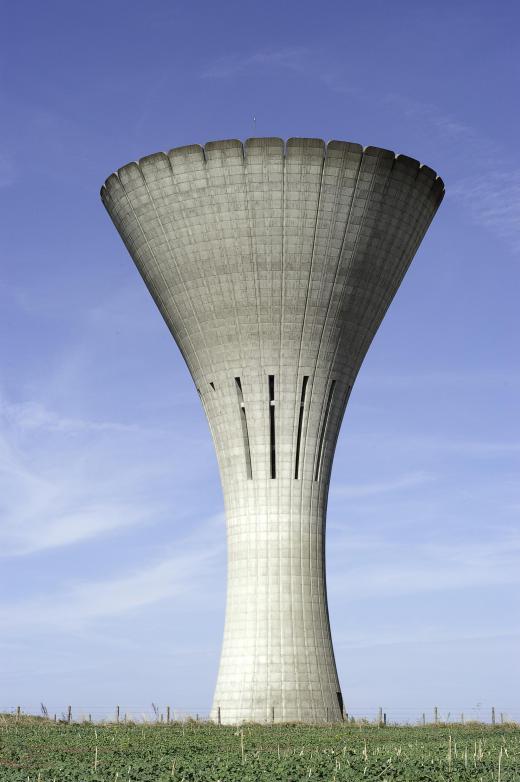In water distribution networks, a distribution main is the source for all end users that have drinkable or fresh water delivered to their home or commercial property via the water system provided by the community’s water system. The distribution main is the largest running pipe in the entirety of the water system, usually considered the output source of all of the different methods many communities use to hold their surplus treated water in holding tanks or water towers. The reason these pipes are referred to as distribution mains is because of their main function, which is to distribute the water that is treated through the system to the users in the community.
Civic plumbing applications have changed greatly over time, and the use of distribution systems that are both adaptive and interchangeable has become necessary as an efficient means of delivering potable water to everyone in the community. The use of a distribution main allows for the interchangeability of pipes within a community’s system in the case of pipe breakage or when a new piping system needs to be integrated into the existing one. This makes the tasks of repairing and expanding the system much more easily accomplished.

Materials have also been adapted for use as distribution mains are implemented in water distribution systems, and as time and research have developed technologies to better suit the needs of an expanding water delivery system. Standard water delivery systems that were installed in many older communities were all metal piped and prone to breakage and joint failures in grounds that experience frequent shifts and heaves. This was especially true in temperate zones where the ground experienced freezing and thawing throughout the year. Newer piping materials have created piping systems with distribution mains that are more flexible, allowing for the shifting and heaving of grounds without breakage within the piping system.
Expandability is also a key factor in distribution main planning, as these pipes and the layout the distribution main is used in determine how easily the mains can be tapped into to deliver water to new areas within a community. With the rate that many communities are growing, the ability to expand is key in determining how the distribution mains are laid out in areas that require new water services. As a result, many of the pipes that are used as distribution mains are pre-fitted with junction openings that allow for the easy application of smaller capillaries at later times.
